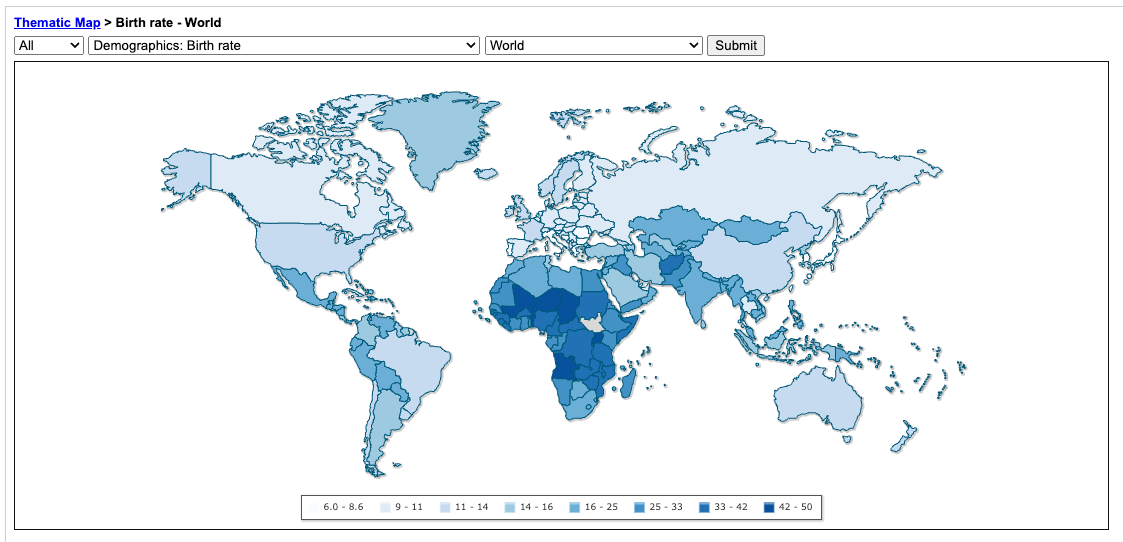The world as we know it is changing faster than ever before. Countries that were once classified as 'developing' are now boasting bustling economies and infrastructures that rival traditionally 'developed' countries. However, with this tremendous growth comes a new set of challenges.
One area which is particularly at a critical point is Central Africa and the Middle East. Central America to a lesser degree is increasing as well.
These regions are currently experiencing unprecedented population growth, which raises numerous questions about economic stability, job opportunities, and the integrity of national borders. This raises the speculations Europe and North America will continue to face ever larger influx of refugees.
A Population Boom
The current demographic trend predicts that the population of Central Africa and the Middle East will continue to grow at an alarming rate. According to indexmundi, countries in these regions are currently experiencing the highest birth rates in the world. Consequently, in the next 30 years (until those young will grow old), we may witness a significantly different demographic landscape, with potential implications for other parts of the world.
Job Opportunities and Economic Growth
Historically, population growth has been correlated with economic growth. A larger workforce can attain higher production output, which in turn, can lead to an increase in the overall GDP.
However, population growth only stimulates the economy if there are enough job opportunities for the new entrants in the workforce. Job shortages can lead to unemployment and economic stagnation, detrimental to both the affected individuals and the wider society.
The Escalating Refugee Crisis
High population growth in unstable regions can also lead to an increase in the number of refugees and migrants. People who are unable to find jobs or who are fleeing from conflict and persecution often seek refuge in other countries. With the projected population boom in Central Africa and the Middle East, the refugee crisis is predicted to continue, if not escalate, till 2050, when the global population willl inevitably decline as the result of education and rise in basic material well being.
The Illusion of Economic Growth
Economic growth solely driven by population increase is somewhat of an illusion. The long-term effect on the economy of refugees is dependent on the country's ability to accommodate this growth during the span of 20 years. It may well be the case, that you might have to wait for their offspring to mature to start becoming the net contributors. A rapid increase in population may lead to the exhaustion of wealth funds, causing an economic downturn in the short run.
The Role of Immigration
It is undeniable that immigrants contribute significantly to the host country's economy. Their incoming process is much more vetted. Their skills, language proficiency, and education credentials can be advantageous to the host country.
But immigration usually happens when the international order remains peace and economy is growing in the host nations. Conflicts of national interests will never rise. Things will change when the international relations become tense and military conflicts will arise.
Immigration could indirectly exacerbate the refugee crisis as more economically successful immigrants tend to have more sympathetic attitudes towards refugees hailing from their home countries. This sympathetic outlook builds pressure on the host nation to implement lenient policies regarding the refugee crisis, thus leading to an escalation in the numbers.
Future Crisis
In summary, Europe and Norht America will face ever more challenging issues of refugee crises due to the population explosion in the neighboring regions.
It is vital for these regions, and the world, to understand and prepare for these implications. As we look towards the future, we must strive to mitigate potential socio-economic issues that could arise - including the unemployment, and economic imbalance - while harnessing the potential benefits of population growth.

